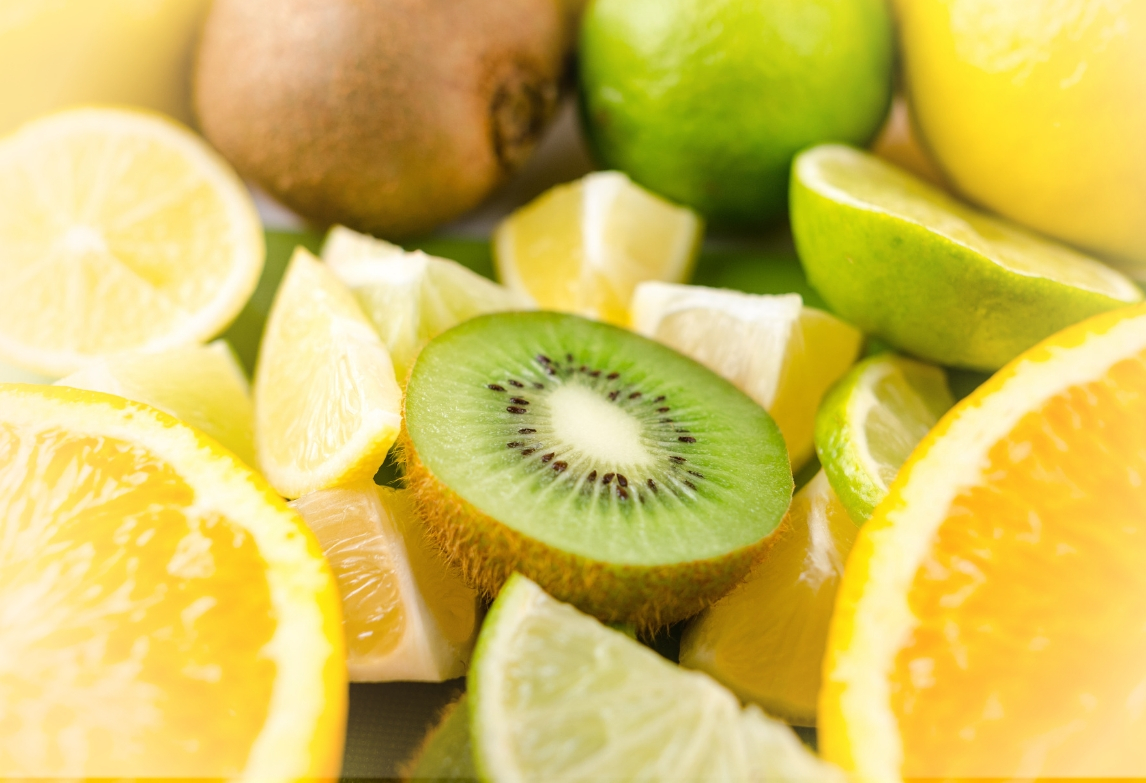Much like a factory, our bodies require a steady stream of necessary base materials in order to fuel the processes that keep us alive and to build the various structures that comprise the body. When it comes to the latter, the major component is the group of materials called macronutrients, including proteins, fats and carbohydrates. Part of the reason why this group has this name is that we need larger quantities of them. However, their counterparts, micronutrients, are every bit as important, even if a lesser quantity is required. Furthermore, many people do not get the amount that they need (1).
What Are Micronutrients?
You can think of micronutrients by the names that they are more commonly known by: vitamins and minerals. There are many different micronutrients, but the most important types have a few common traits. In essence, they are nutrients not generated by the body and that need to be obtained by diet. In addition to powering many of our essential bodily processes, micronutrients are also extremely important for growth and development in children (2). Here’s a list of some of the most important roles that our bodies need micronutrients for:
- Producing digestive enzymes
- Breaking down macronutrients for energy
- Supporting a strong metabolism
- Protecting the brain
- Starting hormone production
- Supporting tissue repair
This brief list only scratches the surface. Chances are that if you were to pick any bodily process at random, micronutrients are needed at some stage.
There are two types micronutrients: water-soluble and fat-soluble. Water soluble vitamins are lost through bodily fluids, meaning that it’s to your benefit to replace them every day with what you need. The B vitamins are good examples here. Fat-soluble vitamins, by comparison, can accumulate within the body, meaning you may not need to take them as often. Examples include vitamins A, D, E and K.

You may be curious about what the price can be for severe micronutrient deficiency. A good historical example of this is from the Age of Discovery, when explorers from Europe travelled the world searching for goods and glory during the 15th and 18th centuries. Due to a lack of appropriate means of transport, many sailors at this time had to travel without any fresh fruit or vegetables.
This led to a variety of nutritional deficiencies, but one of the most pronounced was the lack of the micronutrient vitamin C. This led to the disease called scurvy. Scurvy is notable due to the graphic nature of some of its symptoms, including skin blisters and gum issues. Internally, arteries and capillaries would decay. Part of the reason why this happens is that vitamin C is essential for the production of collagen (3). Vitamin C also plays a role in brain support, which is why some scurvy sufferers had hallucinations.
Advances in technology mean that scurvy is a rarity these days, but micronutrient deficiencies are still commonplace. Today, the most common deficiency worldwide is iron. Over 30% of the world’s population is lacking in iron, and that can lead to poor pregnancy outcomes, impaired physical and cognitive development, and reduced productivity in adults (4).
In the West, plenty of access to meat means that many people get iron daily. More common deficiencies here include potassium and magnesium, as well as certain vitamins like Vitamin D. The effects of deficiencies in these micronutrients may not be as dramatic as scurvy, but they can still have a pronounced effect on our quality of life.

Good Sources of Micronutrients
Because our bodies don’t produce micronutrients naturally, it’s up to what we eat to provide what we need, and for a lot of people, our diets fall short. Here are a few examples of foods that provide high levels of the micronutrients that you don’t want to be missing out on.
Leafy green vegetables: No discussion on food is complete without mentioning these. They include broccoli, spinach, kale and collard greens, and several other foods. Pound for pound, these are some of the most nutrition-packed foods. In terms of micronutrients, these have plenty of vitamin C, vitamin A, magnesium and folate.
Fruits: Fruits are another nutrient-packed category, but different fruits are good for different micronutrients. For example, bananas are a favourite for getting potassium, and blueberries are great if you are looking for antioxidants. Try to mix up your fruit consumption.
Healthy meats: Meats are some of the best sources of iron and zinc, among other micronutrients, but not all are created equal. Try to look for leaner meats and seafood wherever possible.
Legumes: On top of being inexpensive and versatile, the legume family is packed with fibre, calcium, and phosphorous.
Nuts/Seeds: If you’re looking for a portable snack, these items are a winner, with plenty of vitamin E.
Another factor in optimising micronutrient levels is to ensure that the food we eat is being completely broken down for easy assimilation of micronutrients. Supplementing with digestive enzymes is an excellent way to ensure that our food is being fully digested.
When it comes to keeping our bodies healthy and functioning, all the details matter, and micronutrients are the perfect example. If you find yourself listless or dealing with an issue that is difficult to pin down, a good idea is to talk to a doctor or medical professional to see if you are suffering from a micronutrient deficiency. They can help you pinpoint what you are missing and offer some good suggestions to help remedy the issue, whether it’s a dietary change, a supplement, or a combination of dietary changes and nutritional supplementation.
References
- Marian M, Sacks G. Micronutrients and older adults. Nutr Clin Pract. 2009 Apr-May;24(2):179-95
- Shenkin A. The key role of micronutrients. Clin Nutr. 2006;25(1):1-13
- A Shenkin. Micronutrients in health and disease. Postgrad Med J. 2006 Sep; 82(971): 559–567.
- Hoeft B, Weber P, Eggersdorfer M. Micronutrients – a global perspective on intake, health benefits and economics. Int J Vitam Nutr Res. 2012 Oct;82(5):316-20.
BY ENZYMEDICA
Enzymedica is a Florida based company that offers the highest-quality enzyme products possible. Today, as one of the global leaders in the industry, Enzymedica strives to ensure that their products are clean, sustainable and highly effective. Find out more about Enzymedica.







Leave a Reply
Want to join the discussion?Feel free to contribute!